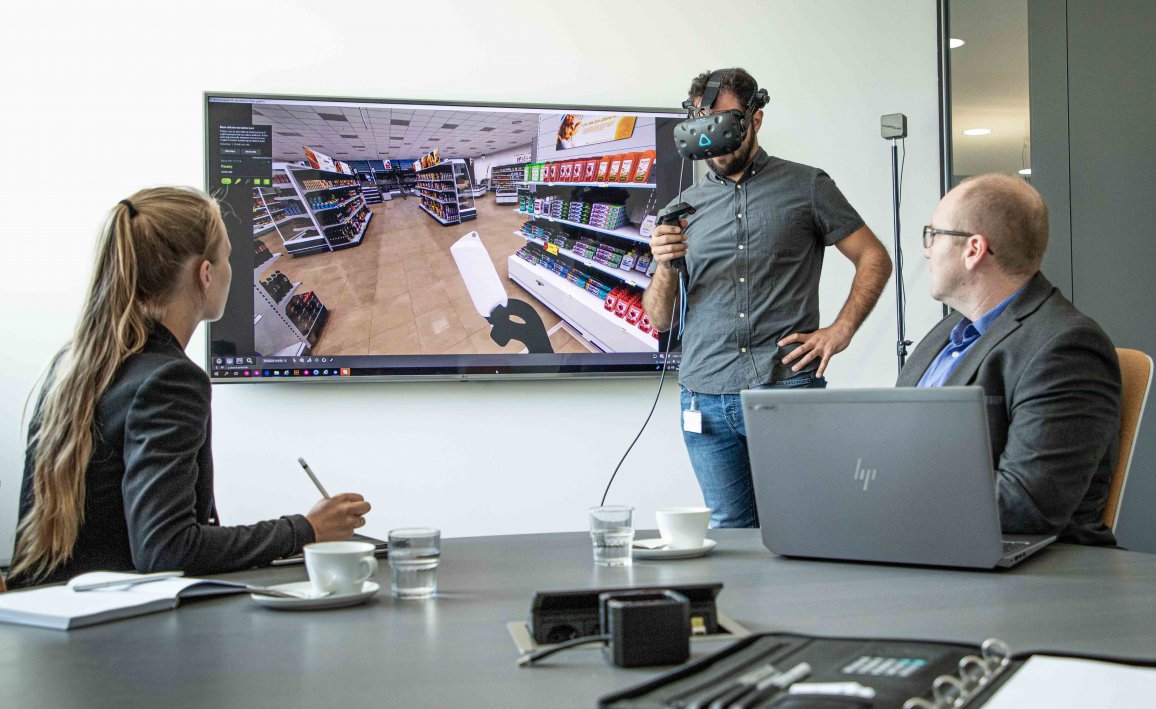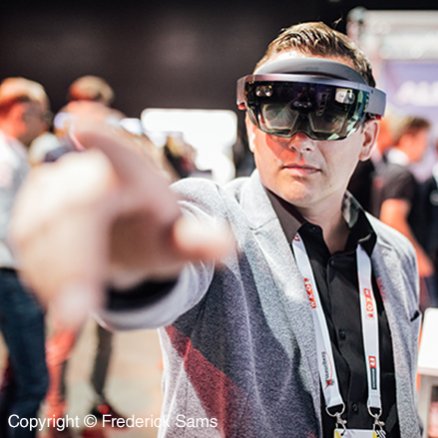Bringing new packaging types to market maturity more quickly
In this blog post, ALPLA’s Head of Product Design Christoph Plankel reports on his experience with Store Visualizer when developing new packaging solutions. The conclusion he has reached: this technology is so much more than merely a cool gimmick.

I have been a keen user of the Store Visualizer software solution since I joined ALPLA’s Product Design department. I find it fascinating how this tool allows us to bring our initial design ideas to life, so to speak, at a very early stage in the development process. We can simulate prototypes down to the very last detail – glossy or matt surfaces, the colours, the fill level in the case of transparent bottles, the light situation on the store shelf.
Something that we thought a lot about internally in the beginning was whether this was all just a bit of a gimmick. How do our customers benefit? How does Store Visualizer help my team develop new packaging systems? How can we make the most of the benefits of this technology?
Speeding things up
ALPLA produces a lot of different packaging units for so-called fast-moving consumer goods. This is an extremely dynamic sector so the crucial factors are the ability to react quickly, competitive innovations in response to the latest trends and swift product roll-outs. We give our customers the competitive edge they need with the help of digital technologies. The time between our department making its initial design proposals and the prototypes being produced has been reduced to a minimum. Store Visualizer allows designs to be presented in three dimensions quickly and viewed in an authentic setting.
Facilitating good decision making
This brings us on to the next advantage. We are talking here about a very early stage in the development of a product. Nonetheless, our design ideas for a new type of packaging can be presented surprisingly realistically in Store Visualizer. The surfaces, colours and colour gradients, transparency, the fill level, various labels – all of this is made visible and tangible in the virtual 3D model. And with the right technical equipment (VR glasses, sensors and controllers), you can even interact with the products: you can pick them up off the shelf, turn them round and view them from all sides to get a sense of their practicality. The experience is a great deal more realistic than holding a model created in a 3D printer. This helps us in the department to improve our initial ideas and ultimately assists our customers in selecting a design.
The acid test at the point of sale
As already mentioned, competition always has a key role to play. How will a new product do in comparison to the competition? We can answer this question with Store Visualizer too. And we don’t do this in a meeting room with renderings and prototypes, but at the point of sale – in other words, where the product faces its stiffest competition and where the end consumer experiences the so-called first moment of truth: on the supermarket shelf, in a display by the till or in a health and beauty retailer’s cosmetics aisle. The packaging can be placed alongside other design proposals or competitor products on a virtual shelf. The underlying conditions at the point of sale, such as the lighting, can also be optimally taken into account.
A tool for the future
I hope I have given an adequate explanation as to why I am fascinated by this technology: it allows us to experience ideas that we once had to judge on paper. We can reduce the development times, which obviously saves money, for example the money that was once spent on elaborately made pilot tools and prototypes. Not only can decisions be made more quickly – they are also well founded. I additionally think there are benefits in terms of the collaboration of everyone involved in the development process, as connection and communication can now take place online in a virtual space across vast distances. I also anticipate further advantages if we combine technologies such as Store Visualizer with methods like, for example, eye tracking.
Are you equally enthusiastic about a new technology? Then let’s use it together.
Do you like our texts? Perhaps even so much that you want to use them in your own media? Then please get in touch with us beforehand!

